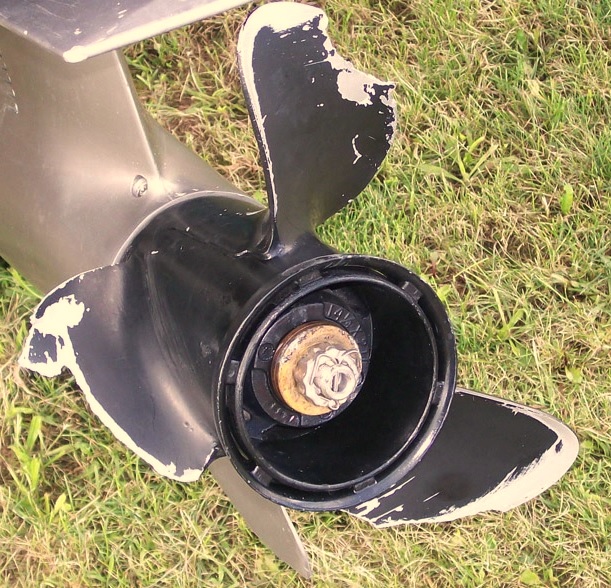Many boaters prefer multi-engine boats because they are faster and more maneuverable, particularly in docking and other close-quarter situations. But the No. 1 reason mariners go to sea in multi-engine boats is redundancy. If one engine should fail, they know they can always get home on the other(s). If the boat can still make way using a second engine you are not disabled, but you may have to operate the boat in a different manner. The secret to success; education and practice. Learn about your boat and practice driving your boat with one engine turned off, even when they are working just fine.
Inboard Boats
In most cases, it’s best to put the disabled engine into neutral and let the prop spin. Handling will be the key issue. Some gas-powered boats have very small props and tiny rudders. At the least, the boat will steer heavily to one side. At the worst, it may be completely unresponsive to turns in the direction of the engine that is running. Try out your boat with one engine for practice so you know what to expect should the actual need ever arise. In all cases — emergencies excepted — do not try to plane. This is about getting home safely, not quickly.
Sterndrive Boats
Tilting up one drive may reduce drag but note that, if you turn the wheel in order to maneuver, you may over stress the seals and allow seawater to enter. Also, the boat may be rigged such that just one engine of two runs the power steering pump. Find out which one in advance and practice on one engine before you are in a position to need to use just one engine to run.
Outboard Boats
It may be best to tilt a dead outboard motor out of the water when running on one (or the remaining) engine(s). Doing so protects the dead engine from seal or other damage and will reduce the drag. Take it slow to reduce the strain on the engine. But note that not all steering gear is rigged and installed to deal with one engine tilted up. You could bend or break a tie rod and, in fact, take the maneuverability from the still-running engine. Again, check with the engine maker and the boat’s builder. Once you have discovered the procedure, run a drill to practice and see what the deal is, should you ever really need to run on one engine.
Get to know your multi-engine boat intimately. What type of steering does it have? Cable or hydraulic, manual or power assisted? If the latter, which engine has the power steering pump? Do any other critical systems run off your engines that could cause a problem if you drive with one disabled? When you practice with one motor switched off (starting out in safe, open water), determine what speed you need to make in order for the boat to have steerage. Know what speed you will be able to run at. Practice maneuvering around the marina and back to the dock on one engine. If that is too difficult, find an alternate place to tie up if you have limited maneuverability.
Our thanks to Kevin Falvey of Boating Magazine (10/5/2015) for some of these tips.

I had no idea there were different tactics that could be used for different boats in order to get home safely. It’s interesting to know that, for outboard boats, you should take the dead motor out of the water, and that it can protect it from damage and reduces drag. Definitely sounds like it is worth someone’s time to understand as much as they can about their boat, and to be prepared for any emergency.